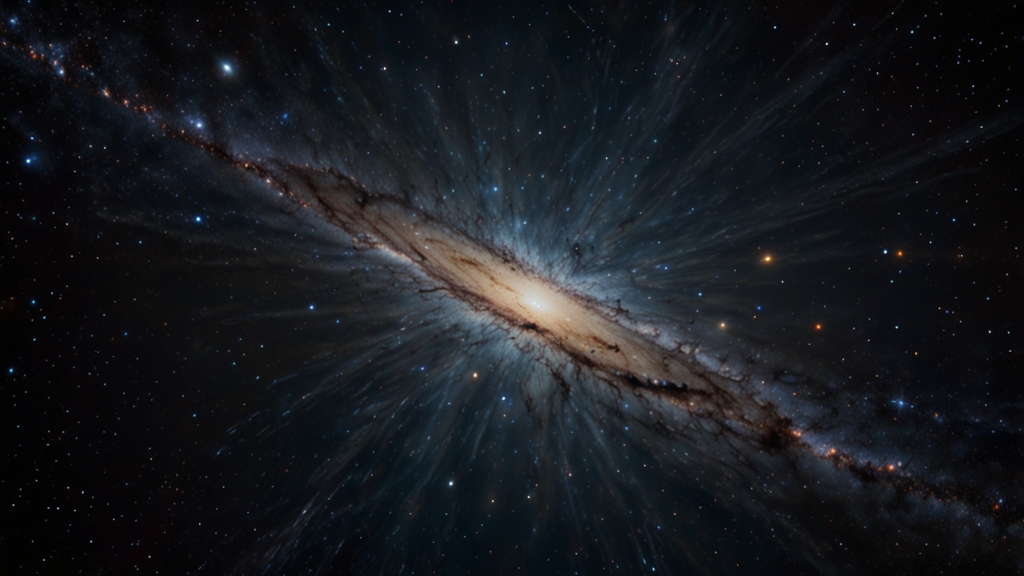The Role of Miracles in Moses' Life: A Deep Dive
Moses is one of the most prominent figures in the Abrahamic religions, revered for his leadership, wisdom, and, notably, the miracles that punctuated his life. From the moment of his birth to his final days, Moses' existence was intimately intertwined with divine interventions that shaped the fate of the Israelites. This article takes an in-depth look at the role miracles played in Moses' life, illustrating the profound impact these supernatural events had on both his personal journey and the broader narrative of his people.
The Miraculous Beginnings
From the outset, Moses' life was marked by miracles. Born at a time when Pharaoh had decreed the death of all newborn Hebrew males, Moses' survival was nothing short of miraculous. His mother, Jochebed, placed him in a reed basket and set him adrift on the Nile River, entrusting his fate to God. Against all odds, he was found and adopted by Pharaoh’s daughter, ensuring his safety and royal upbringing.
This miraculous preservation of Moses' life set the stage for his future role as a divinely appointed leader. It was a clear signal that Moses was chosen for a higher purpose, a theme that would only become more evident as his life unfolded.
The Burning Bush: A Divine Encounter
One of the most iconic miracles associated with Moses is the Burning Bush. While tending to his father-in-law's sheep, Moses encountered a bush that was on fire but not consumed by the flames. This extraordinary sight captured his attention, and he approached, only to hear the voice of God calling out to him.
"Do not come any closer," God said. "Take off your sandals, for the place where you are standing is holy ground." (Exodus 3:5)
This miraculous event was a turning point in Moses' life. God revealed His name, Yahweh, to Moses and commissioned him to lead the Israelites out of Egypt. The Burning Bush not only served as a miraculous sign but also as a divine appointment, bestowing upon Moses the authority and responsibility to act as God's messenger.
The Plagues of Egypt
The liberation of the Israelites from Egyptian bondage was marked by a series of miraculous events known as the Ten Plagues. Each plague was a demonstration of divine power, aimed at compelling Pharaoh to release the Israelites. From turning the Nile River into blood to the death of the firstborn, these miracles were both a form of divine justice and a testament to God's sovereignty.
Moses played a central role in these miracles, serving as the intermediary through which God's power was manifested. Each plague reinforced Moses' prophetic authority and illustrated the futility of resisting divine will.
The Parting of the Red Sea
After Pharaoh finally agreed to let the Israelites go, he soon changed his mind and pursued them to the banks of the Red Sea. Here, another monumental miracle occurred. At God's command, Moses stretched out his hand over the sea, and a strong east wind divided the waters, allowing the Israelites to cross on dry ground.
"Then Moses stretched out his hand over the sea, and all that night the Lord drove the sea back with a strong east wind and turned it into dry land. The waters were divided." (Exodus 14:21)
This miraculous event not only provided a dramatic escape for the Israelites but also served as a definitive demonstration of God's power and protection. The parting of the Red Sea remains one of the most enduring symbols of divine deliverance.
Miracles in the Wilderness
Moses' role as the leader of the Israelites did not end with their escape from Egypt. During their 40-year journey through the wilderness, Moses, through God's power, performed numerous miracles that sustained and guided the people. From providing manna and quail to quenching their thirst with water from a rock, these miracles were vital for their survival and a constant reminder of God's provision.
One of the most significant miracles in the wilderness was the receiving of the Ten Commandments at Mount Sinai. This event, accompanied by thunder, lightning, and the sound of a trumpet, was a profound manifestation of God's covenant with the Israelites, with Moses once again serving as the crucial intermediary.
Conclusion
The life of Moses is a compelling narrative of faith, leadership, and divine intervention. Miracles were not mere supernatural occurrences but essential elements of Moses' mission and the broader story of the Israelites. They reinforced his divine appointment, demonstrated God's power, and provided for the physical and spiritual needs of the people he led.
Through these miraculous events, Moses was continually affirmed in his role as a prophet and leader, guiding his people with a blend of divine authority and personal humility. The miracles associated with Moses remain foundational to the understanding of God's interaction with humanity, offering lessons in faith, obedience, and the enduring power of divine intervention.








